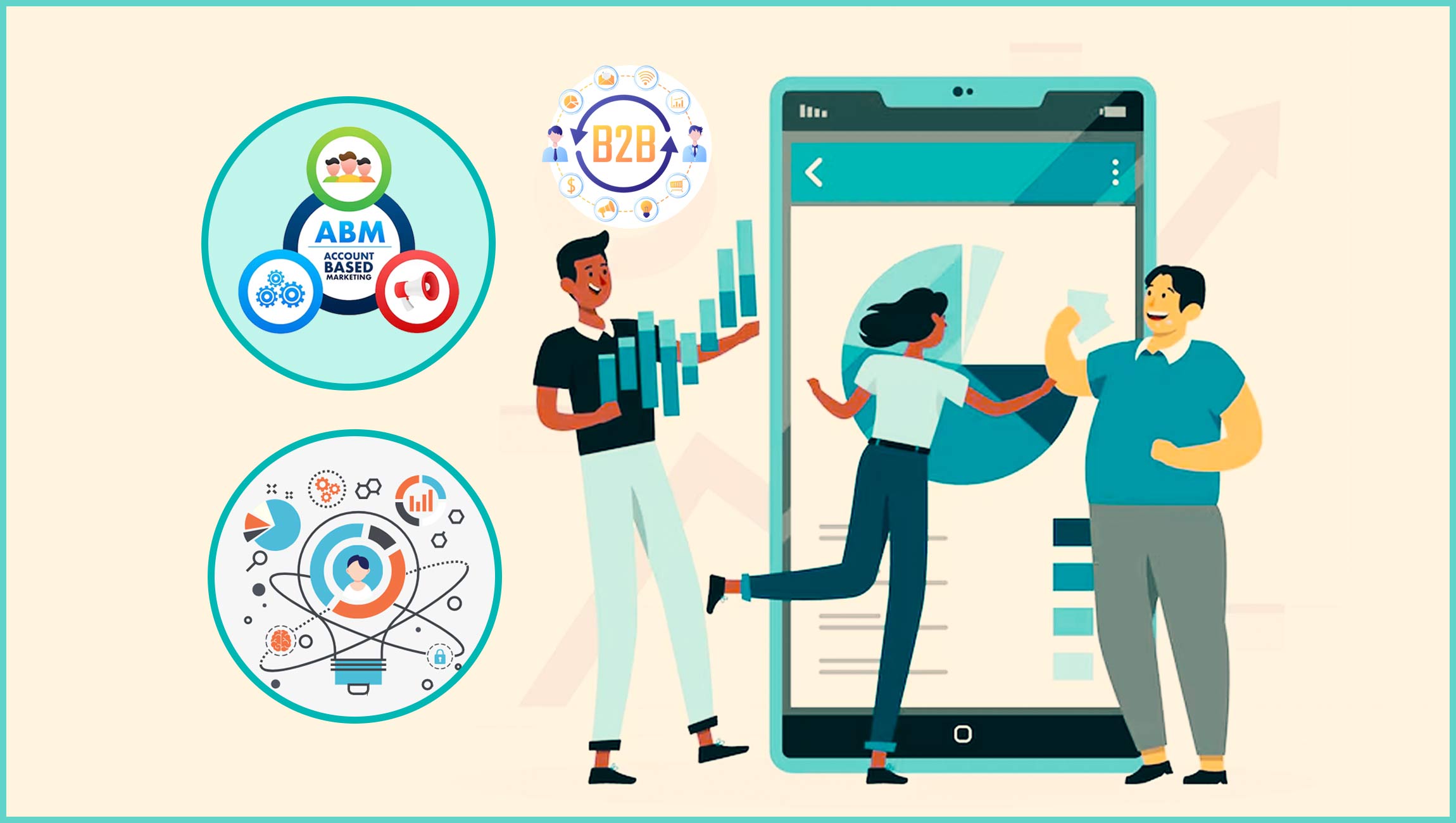Today, B2B marketing hinges on two factors—precision and personalization. Every B2B marketer has understood that all customers are different, and they all demand personalized services. It is indeed a challenge to remember each and every customer, his demands, needs, and preferences. In order to deal with this, two profound marketing technologies—ABM (account-based marketing) and CDP (customer data platforms)—have emerged.
Account-based marketing tools is a powerful marketing technologies that enables marketers to target high-value accounts with personalized messages and experiences. Customer data platforms (CDPs) help in centralizing the information of customers, offering a unified view of a specific account, and making the ABM efforts more effective.
While ABM and CDPs have their set jobs, they are interlinked to help B2B marketers achieve their objectives. Let us understand these marketing technologies in detail and how both of these fit into your B2B MarTech ecosystem.
Account-based Marketing (ABM)
Account-based marketing (ABM) is a strategy that focuses on individual customer (company) accounts that match your ideal buyer persona. This strategy helps you target key decision-makers in these firms and organizations with tailored messages and content through marketing and ad campaigns.
Over 96% of B2B marketers leveraging ABM report a positive impact on marketing’s success.
Unlike the conventional methods of B2B marketing, ABM syncs your marketing and sales teams together so that they can focus their attention on pre-identified accounts without wasting their time on accounts that are less likely to convert.
The key aspects of ABM-based marketing are:
- Targeted focus: Contrary to the traditional methods of marketing, ABM helps you identify and target specific accounts. You can then tailor your marketing messages to the needs and preferences of your consumers.
- Personalized engagement: ABM helps you tailor content as per each target account. Every communication and message resonates deeply with the prospects.
- Sales and marketing alignment: ABM brings your sales and marketing teams together. Both the team work on shared data and insights to develop strategies to engage target accounts.
- Higher ROI potential: ABM helps you focus on high-value client accounts and can help you generate a higher return on investment.
Every organization wants to gain a competitive edge in the dynamic business landscape, and ABM emerges as a game-changer in targeting high-value accounts and driving engagement. However, to truly unlock the potential of your AMB strategy, every business needs a tool to consolidate and streamline data, insights, and action.
That’s where CDP steps in.
By integrating a CDP platform, you can take your ABM strategy to new heights of success, enabling you to achieve great success with precise efforts.
Marketing Technology News: MarTech Interview with Arthur Leopold, co-founder and CEO @ Agentio
Customer Data Platforms (CDPs)
Customer data platforms (CDPs) are software tools within martech that centralize and unify a customer’s data from various sources into one place. Essentially, they keep a unified account for one customer where you can find all the information about him or her in one place. These platforms offer you a comprehensive view of the entire buyer’s journey in one place.
By getting a holistic view of a consumer’s profile, you can gain deep insights into the target account’s behaviour, needs, and preferences so that you can deliver highly relevant and personalized experiences at scale.
Benefits of using a CDP in your ABM strategy
Here are the key benefits you can unlock by integrating CDP platforms with your ABM strategy:
1. Enhanced personalization
By integrating a CDP platform into your marketing tech stack, you can segment your target account based on criteria like size, industry, and engagement level. Doing this will allow you to deliver highly personalized content and experiences that speak to the unique needs of every prospect (account).
2. Better account insights
By using a CDP, you can enjoy a 360° view of each account, including all the interactions that happened at multiple touchpoints. The unified information provides you with a holistic view of the prospect, taking you in depth to know their pain points, challenges, and solutions they are looking for. All these insights can be used to prioritize and focus your efforts to convert high-value accounts with targeted messaging.
3. Improved collaboration
A CDP helps you streamline your ABM efforts, making it easier for your teams to work, manage, and execute collaboratively. While all your teams are trained to deliver personalization to your customers, a CDP provides a unified profile of the customer where all your teams can work together to deliver relevant and timely messages.
Wrapping Up
Account-based marketing (ABM) and customer data platforms (CDPs) both have a key role to play in B2B marketing. While they can work separately in their arenas, bringing them together is worth the effort. While you can start by following the ABM strategies, the CDP platforms will further boost your efforts to offer you a holistic view of your customer that can be quite time-consuming otherwise.
Marketing Technology News: The Growing Importance of Lead Enrichment Tools











